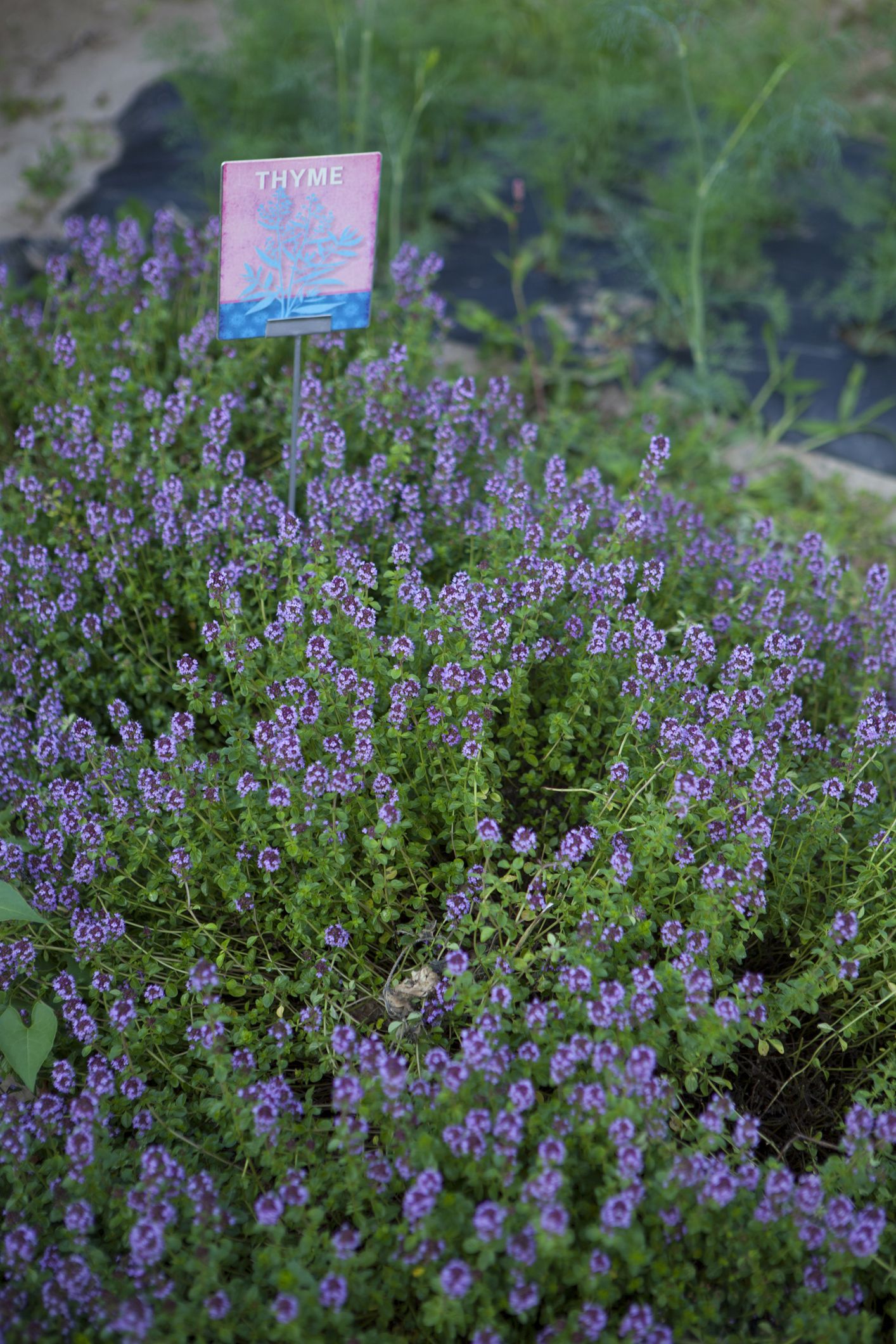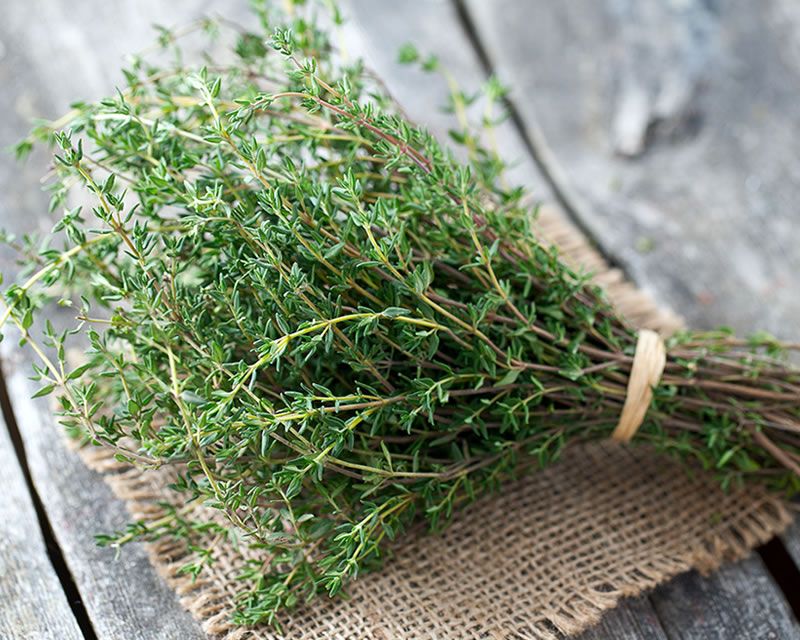
The soil has to be well-draining because this herb cannot stand wet roots. It can endure hot summers and will do well even when neglected.
#GROWING THYME FROM SEED OUTDOORS FULL#
It thrives in the full sun and hates moist environments or wet soil. Thyme: Thyme loves the heat and prefers dry climates. Too much shade, on the other hand, would leave the herb sparse and leggy. But if the temperature exceeds 85 degrees, cilantro will start to bolt, so it's best to grow it outdoors, in a space that gets partial shade in the afternoons. As long as the herb gets at least 6 hours of sunlight (between 50 and 85 degrees F), it will endure poor growing conditions. It can tolerate hot, dry environments with poor or sandy soil. But even in poor growing conditions, fennel will do just fine.Ĭilantro: This hardy herb needs the full sun for most of the year and will do best in acidic soil. While resilient, fennel grows best in rich, moist soil with 6 to 8 hours of sun exposure. It can withstand hot climates and dry soil and can endure cold temperatures too. That’s why it’s best grown alongside small herbs and avoid planting near vigorous growers like mint.įennel: A flavorful herb that’s used to season dishes as well as heal specific ailments, fennel loves the full sun and does fairly well in dry, hot growing conditions. This herb does not like to compete with other plants for space. What dill cannot stand, apart from wet soil, is a cramped growing space. A common culinary herb in Europe and Asia, dill grows best in dry, sandy soil and temperatures reaching 70☏ (21☌). It’s the kind of herb that thrives even when neglected. It hates standing water and slow-draining soil, preferring dry, hot climates.ĭill: Dill is one of those herbs that grow best in a space that gets a maximum of 8 hours of sunlight. What oregano cannot tolerate is wet or moist growing conditions. The ideal growing temperature is around 70☏ (21☌). A quick-growing herb, oregano can be quickly grown to seed in well-draining soil. Oregano: This herb loves the full sun, although some varieties do better in partial shade. It doesn’t require regular watering and will do well with a little bit of neglect. It can withstand poor drainage and poor soil.

It's so resilient that it can withstand frost once established. Sage is best grown outdoors, in a spot that gets the full sun. It doesn’t take a lot of effort to grow sage from seeds, and once established, you'd be hard pressed to find an herb that could tolerate harsh climates as this herb. Rosemary is best grown in a temperate climate with a minimum temperature of 20☏ (-6.5☌). There is no need to amend the soil because rosemary could tolerate poor soil as long as it drains well, like sandy soil. This herb only needs 6 to 8 hours of sunlight and well-draining soil to thrive. Rosemary: An evergreen that’s quick-growing and sun-loving rosemary prefers the full sun. Basil thrives best when grown from seed and trimmed often. Like most sun-loving herbs, basil's flavor gets better the longer it is exposed to sunlight throughout its lifetime. It thrives in places with dry and warm temperatures. Here are herbs that are best grown outside:īasil: Basil is an annual plant that grows best outdoors, in a space that gets at least 6 hours of direct sunlight. While some herbs could tolerate a little shade, most need 6 to 8 hours of sun exposure every day, with some requiring a little shade in the afternoon or none at all. But what does the full sun mean? In gardening, the full sun refers to at least 6 hours of direct sunlight. What herbs can be kept outside? In a space that gets a lot of sun, the best herbs to grow outdoors are drought-tolerant herbs. Here are some tips to consider and our list of 10 easiest herbs to grow outdoors.” “The ECOgardener Herb Garden Kit has everything you need to start outdoor gardening. This way, they can thrive in the best spot in the garden. It’s essential to do your research about the ideal growing environment of every herb and then group the herbs accordingly.

But to keep maintenance low, these herbs are better grown outdoors, in a spot that gets at least 8 hours of the full sun. You can also use supplement lights if your living space doesn’t get a lot of sun.

These can be grown indoors in a space that gets at least 6 hours of sun. Basil, chives, dill, oregano, rosemary, thyme, and tarragon are just some of the many different herbs that need the full sun to grow. Most herbs are particularly sun-loving plants, with some requiring 8 hours of direct sunlight. Some herbs are best planted in shaded areas, while others do better in dry environments. In terms of planting herbs indoors or outdoors, the answer will depend on the kind of herbs you’re planning to grow. They can be grown indoors and outdoors as long as the environment is ideal for growing plants. The great thing about herb plants is that they're versatile and resilient. Is It Better to Grow Herbs Indoors or Outdoors?


 0 kommentar(er)
0 kommentar(er)
